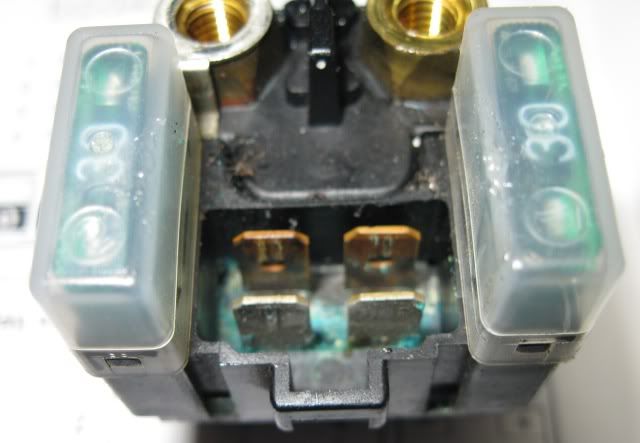vabrzn
Well-known member
Over the past two months I noticed when I pushed the starter button, there would be a one-half to one second delay before the starter kicked in. I checked the starter button and that was fine and then moved to the starter relay. The contacts were corroded. I cleaned the contacts and coated them with dielectric tune up grease and all is well.
This problem was probably self induced since I strip the plastic off the bike once a year and clean everything; probably how the water got in there in the first place.
It might be a good idea to check these contacts during yearly maintenance.

This problem was probably self induced since I strip the plastic off the bike once a year and clean everything; probably how the water got in there in the first place.
It might be a good idea to check these contacts during yearly maintenance.






























































